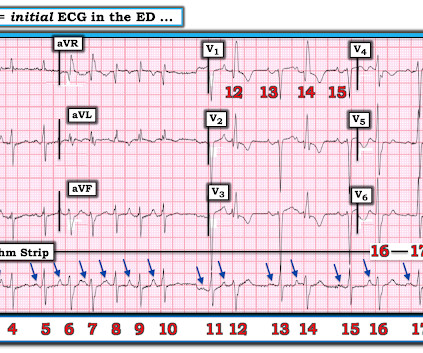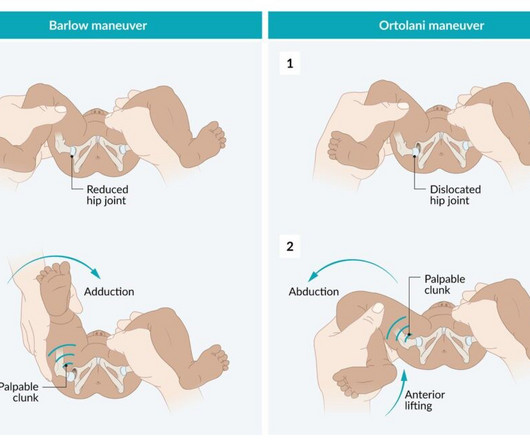Sepsis alerts work! Just not in the patients who fire the alerts
PulmCCM
JANUARY 6, 2025
In the past decade, so-called “sepsis alerts” came out of nowhere to become a ubiquitous and resource-intensive component of inpatient medical care. “Sepsis alerts” are automated notifications that flag patients who meet certain criteria compatible with severe infection discernible from the electronic medical record.

















Let's personalize your content